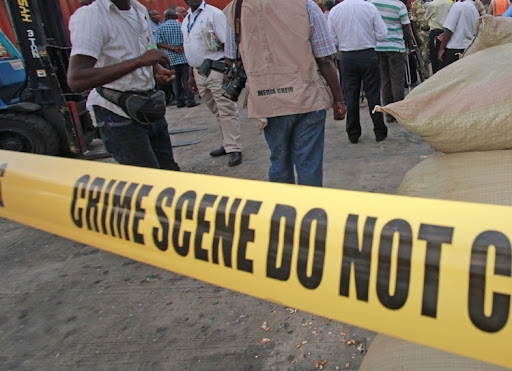In the last month, Haki Africa has documented at least 14 killings in Mombasa county alone. These include four youths who were lynched by a mob in Liwatoni, five youths who were shot dead by police in Nyali and three others who were shot dead by unknown persons believed to be killers for hire.
The other two are a suspected gang member and a bystander who was shot by mistake. Fourteen dead in a month means an average of one person every other day. By any standards, this is extremely high and must be a concern to the people and security authorities. If left unattended, at this rate, 2021 will be the worst year so far in as far as police killings are concerned.
While killings of youth remain a problem in the port county, in other parts of the city, youths are engaging in open fights including slashing each other with pangas and knives. Gang members are mobilising and engaging in fierce wars in public spaces.
This week, videos went viral on social media showing youth in various parts of Mombasa, including Old Town, Likoni and Makadara, attacking each other with pangas while others traded kicks and blows in the full glare of the public. So daring are the youth that they fight in close proximity of police stations. The gang wars are now threatening the entire population and have become a public menace.
It is clear that these gangs are reemerging after subsiding for almost a year. In 2019, the gangs problem in Mombasa was prominent and many youths died either through mob lynching or police shooting them dead. At the same time, tens were injured when they engaged each other in panga wars.
Various interventions were made, including dialogue meetings with youths and their parents, which led to some surrendering to the police and being cleared. Others were prosecuted and taken through the justice system. What followed was quiet and communities breathed sighs of relief. It would appear that one year on, the gangs are now back again.
On close scrutiny, it is coming to light that there are factors contributing to the reemergence of the gangs. While there can be no excuse for the youths to engage in gang warfare, it is still important to establish the underlying issues leading to the formation of gangs.
The first possible scenario is the ever-increasing cost of living and harsh economic times. Most youths have lost jobs and can be seen idling in the alleys and streets. The idleness is leading them to gangs that engage in criminal activities to get money to meet their basic needs and daily demands of drugs and alcohol. When they come across each other, the gangs view each other as competition and so begin attacking each other.
The other possible scenario is that these gangs are forming in preparation for the electioneering period. While there is no evidence so far that politicians are funding the reemergence of the gangs, it is possible that the youths are forming the gangs to position themselves strategically for hire by politicians.
The 2022 election is proving to have a lot at stake with the transition of the national President and Mombasa county governor. The youth are are competing to outdo each other to become the 'gangs of choice' for politicians when they come knocking looking for support.
Whatever the reasons behind the reemergence of the gangs, it is a clear fact that more needs to be done to stop them from causing mayhem in communities. Fourteen dead in one month in one county must send shivers down the spines of innocent civilians who do not understand what is happening.
What is required presently is engaging the youths in dialogue to understand their problem and identify ways of resolving those challenges. Police, civil society, religious leaders and, more importantly, parents, must be at the forefront of engaging the youth.
Security authorities must not be quick to shoot and kill. The gangs can be defeated if communities come together to address the underlying issues.
(Edited by V. Graham)











